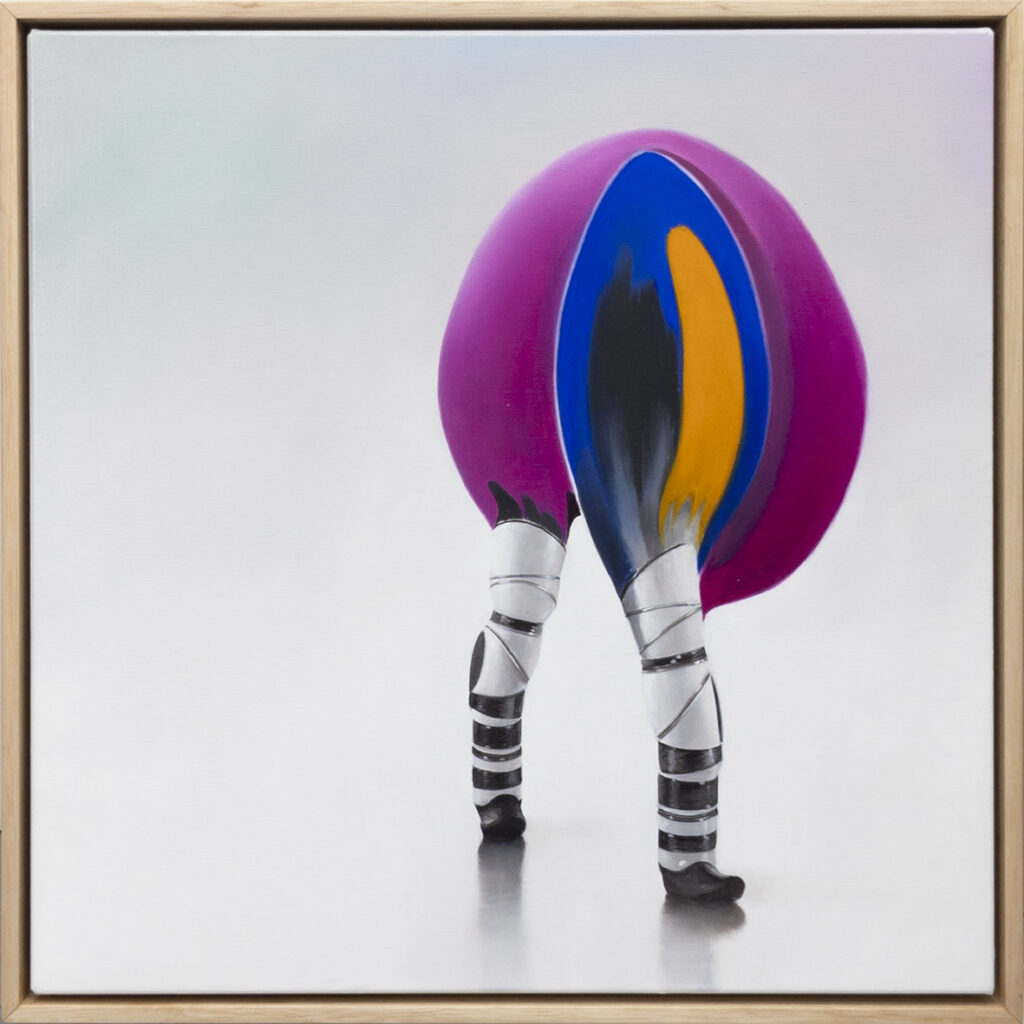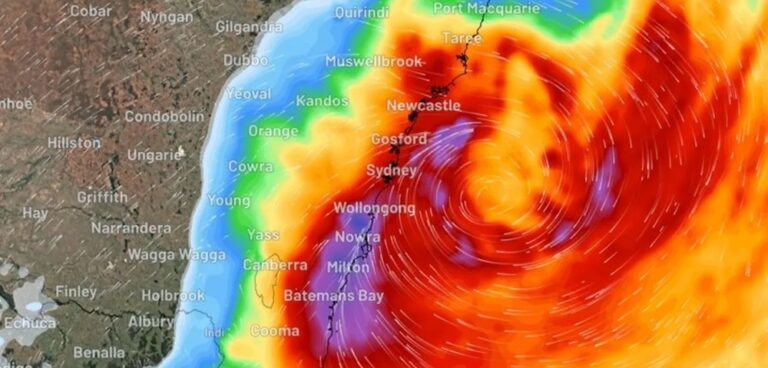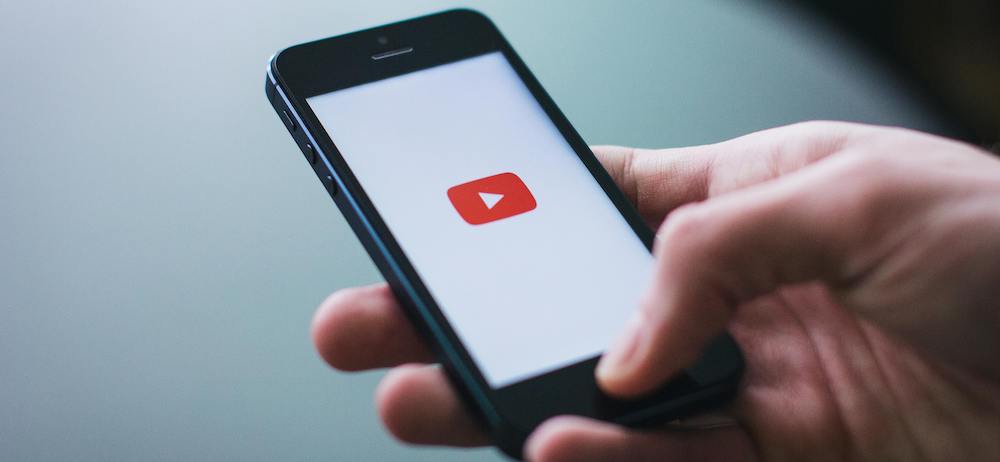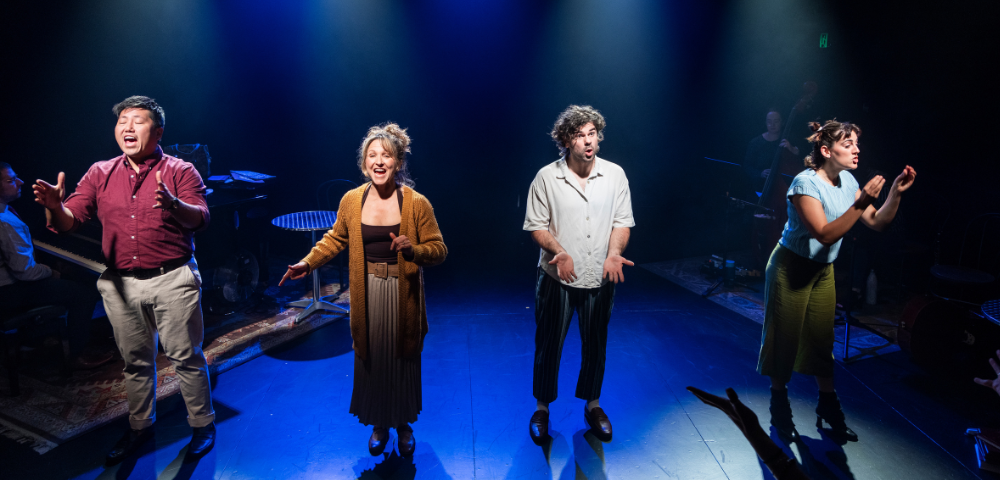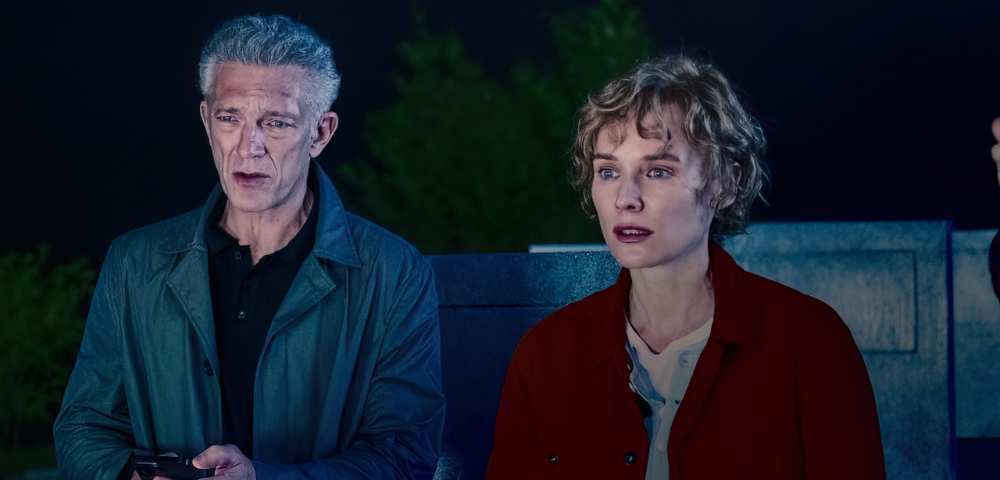
Artificial Intelligence and art – part 2

By JARROD WOLHUTER
Mathew Lynn lives and works between Sydney and the Blue Mountains. For over twenty years he has been one of Australia’s best known and successful portrait artists. Whilst this continues, his practice focuses primarily on contemporary figurative and landscape painting. Since obtaining his master’s degree in art from the University of New South Wales in 1996, he has been a finalist in the Archibald Prize eighteen times, including this year with his portrait of artist Pierre Mukeba.
“It’s about experience. I would never argue against AI generated things because I might use it. But it’s all about our experiences and our experiences of going to the galleries, experiencing a painting – the touch of it; the sensations if we go to a performance or installation, audio-visual stimuli or that kind of thing. I stay open to everything including AI art. There’s a lot of fun things with AI for all of us, we [artists] use stuff, cannibalise stuff, steal stuff; we re-contextualise stuff; we’re inspired by things; so I’m not frightened of AI.

I think what Sam Leach is doing.. that’s an interesting thing. It’s a dialogue with AI and that’s different to AI just randomly generating something”.
Sam Leach is a contemporary artist from Adelaide and currently based in Melbourne. He has extensively studied, and received a Masters Degree in Fine Art at Royal Melbourne Institute of Technology. He is well decorated with art prizes, and best known for his controversial win for the Art Gallery of New South Wales (AGNSW) Wynne Prize for Australian Landscape in April 2010.
“AI art generators: One part is generating a random image; that’s called the generator. The other part is called the discriminator. The part generating the images is the artist. And the discriminator is the critic. The two parts of the program compete with each other to get better and better over time. The data gets better at producing the images based on what the critic’s saying and the critic gets better at picking images. And after a couple of thousand cycles, you start to get quite convincing images.
I do share a lot of concerns about AI. It’s true, there are a lot of – like a lot of worrying elements, like the dataset that these big models are being trained on contain some really disturbing material.
There’s a huge environmental cost. Training open AI models uses roughly the same amount of carbon as a rocket launch. So it’s not free. There’s a perception that it’s free because it’s in the cloud, but there’s still a big environmental impact because these models are huge.
Those things aside, that doesn’t stop the fact that there is a huge amount of potential good that can come from them.”
*Sam Leach images courtesy of Sullivan Strumpf Gallery


